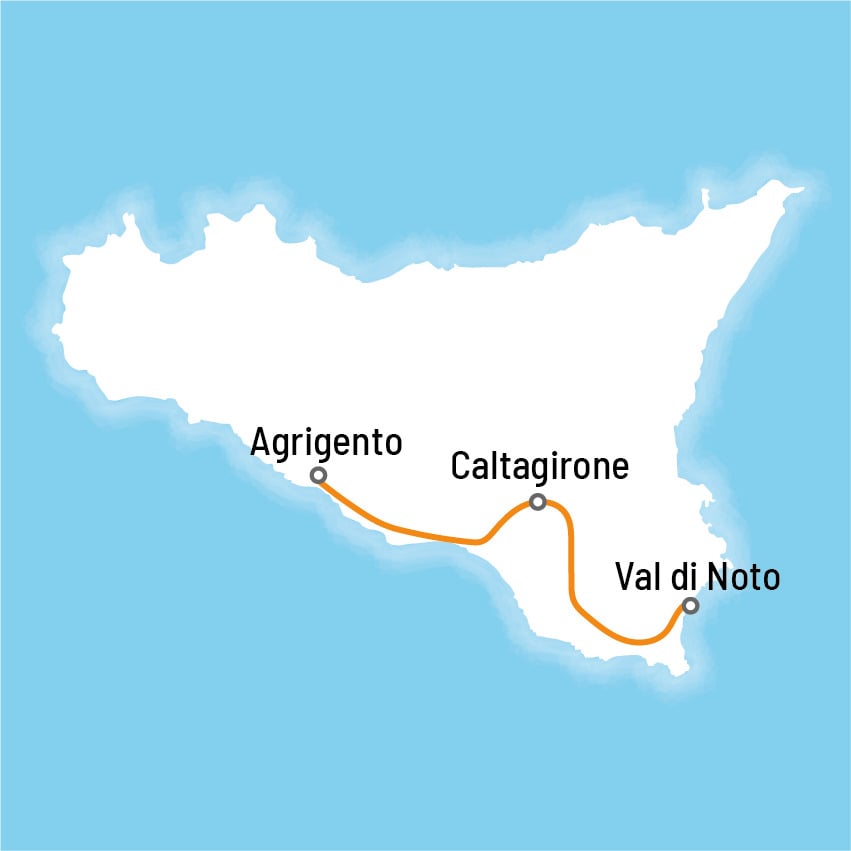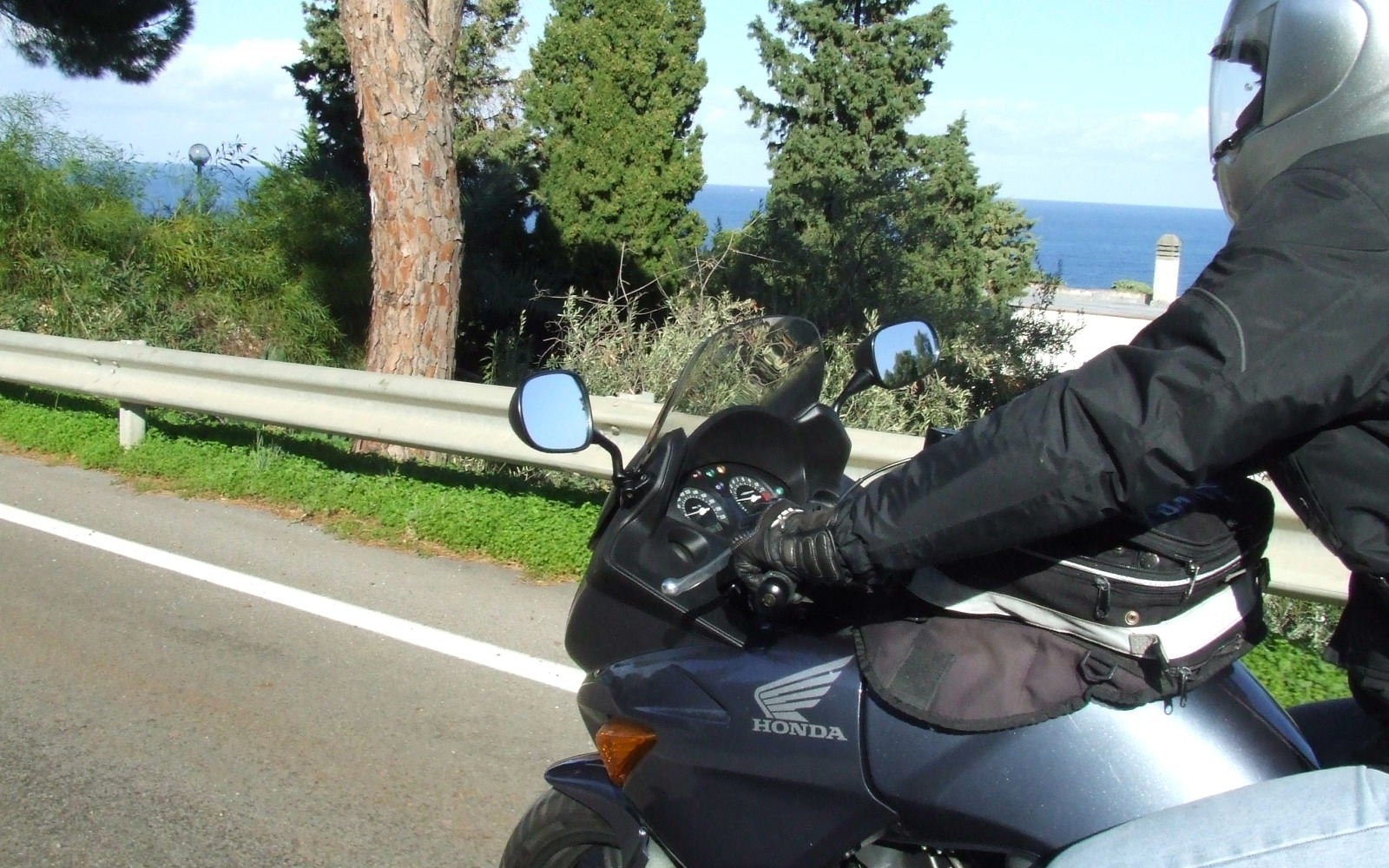Agrigento
The Valley of the Temples rises southernmost, on the traces of the old town and includes many temples built in the 5th century BC. Walking along the path you can find:
- The temple of Concorde; the only temple still standing in its whole.
- The temple of Castor and Pollux; tributed to Leda and Zeus’s twins.
- The temple of Olympian Zeus was built in the 5th century BC and dedicated to Zeus
- The temple of Heracles; was built to commemorate the soldiers died during the Second Punic War.
- The temple of Hera Lacinia (Giunone).
Val di Noto
In the south east of Sicily, it is dominated by the limestone Iblean plateau. In 1693 the entire area was decimated by an enormous earthquake. The town area was rebuilt in what came to be known as the Sicilan baroque style; most notable the town of Noto itself, which is now a tourist attraction on account of its fi ne Baroque architecture. Other towns in the Val di Noto include Modica, Ragusa and Scicli. Many towns in the area were declared World Heritage by UNESCO in June 2002.
Modica
The city is situated in the Iblean mountains and was founded by the Sykels circa the 7th century B.C.
Over the centuries, as the city developed, it gradually became divided into “Modica Alta” (Upper Modica) and “Modica Bassa” (Lower Modica). During the last century the city has extended and developed new suburbs which include Modica Sorda, Monserrato, Idria, these are often referred to as Modern Modica; both old and modern quarters of the city are today joined by Europe’s highest bridge (300m).
Modica was the birth place of Salvatore Quasimodo, writer and 1959’s Nobel Prize, and also of Tommaso Campailla, the 18th century scientist and philosopher.


